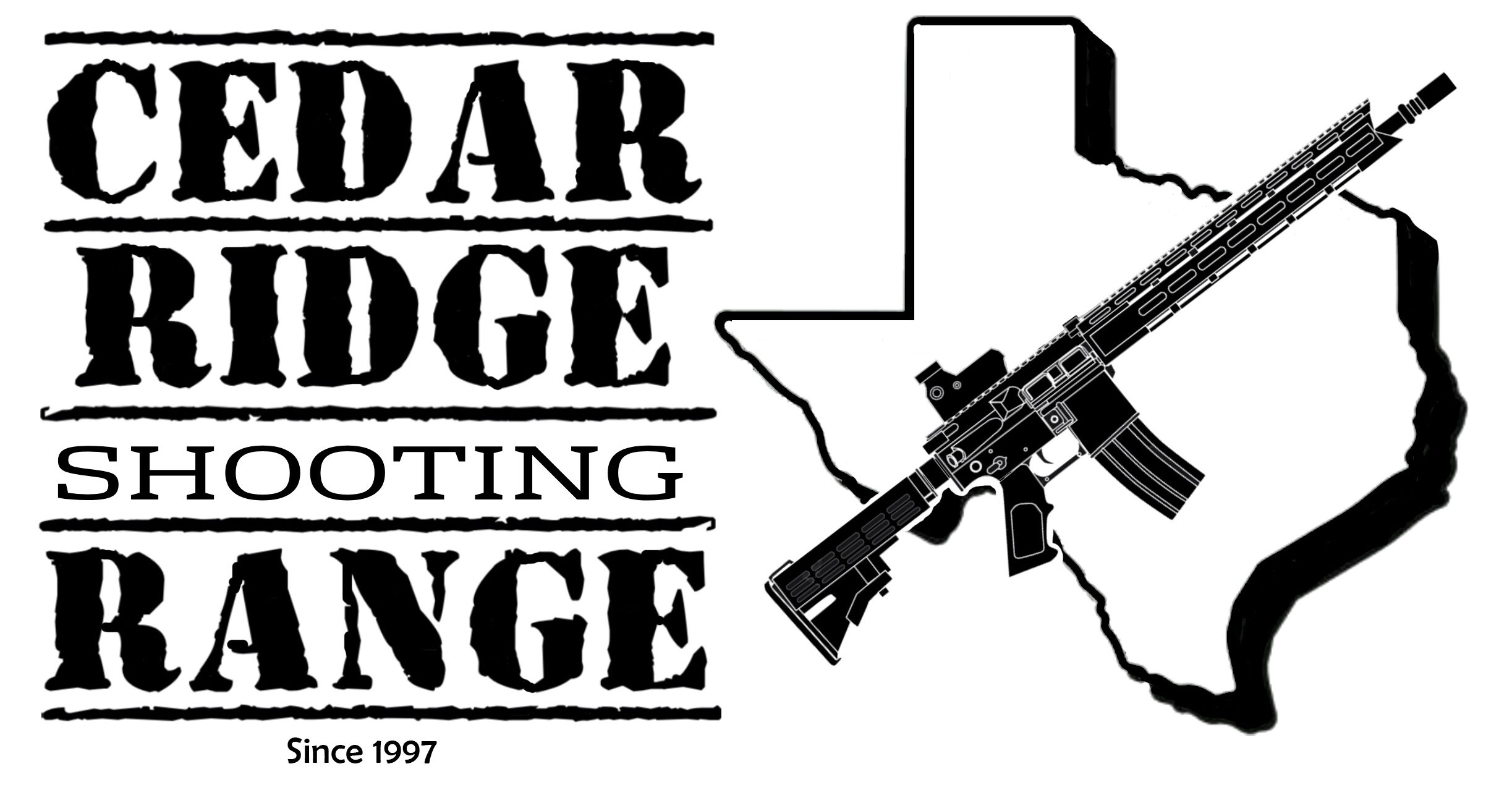Each year many thousands of rounds of ammunition are fired into the backstop berms at Cedar Ridge Range. Over time the expended projectiles from many different calibers accumulate within the soils, eventually building up a large amount of retrievable metals (lead, copper, steel, tin, etc.). These metals can be reclaimed and recycled. At Cedar Ridge Range we monitor the various rates of deposit of these metals on each of the shooting bays and “mine” the metals when sufficient quantities are present. These reclamation efforts not only recover useful metals but also comply with good land stewardship principles and environmental oversight.
Although the “mining” is accomplished on relatively small scale, it is a labor intensive task, as you will see in the descriptions and pictures. Once a decision is made to “mine” an area the soils are scraped off the berms starting from the top to the bottom, usually using the blade of the front end loader and in certain difficult areas with a shovel and hoe. Soil is removed to an approximate depth of 3″-4″ (this only gets the majority of lead accumulation as many projectiles go much deeper into soil to be retrieved in later years). After stacking the scraped down soil on floor of the shooting bay it is scooped and transported with the front end loader bucket to the classification and separation area where electricity and water sources are available.
The metal laden soil is piled close to the classifier (fancy name for cement mixer). The custom made mixer drum is drilled with many holes around its circumference which allows the internal capture of larger projectiles and fragments while allowing all particles under 3/16″ to fall out of drum and into a trough where it flows down and washes out in a sluice. The sluice further captures any smaller size metal “heavies” in the riffle area while permitting the soil, rocks, organic debris to wash out onto ground. The process is facilitated by the steady flow of water which cleans and allows separation of various components by their respective specific gravities. This part of the process is all accomplished by hand, so that material is fed through system in regulated manner to insure maximum recovery.
The now clean washed, captured large material, mostly spent bullets is placed in containers and moved to the shaker screen to pick out larger rocks and mixed cartridge cases. Both the larger material and concentrates retrieved from sluice riffles (small lead fragments, lead shot, etc.) is then placed on drying sheets prior to moving to the melting stage.
Once dried thoroughly to prevent any possibility of steam explosions the melt down can begin. We have our own simple furnace set-up which uses trash wood (broken target frame legs, construction cut-offs, downed limbs, etc.) to heat the melting pot. Our pot is mounted on a vertically pivoting frame with chains which allows easy handling of the +45 pounds of each melt sequence without getting burned or allowing accidental spillage of the 700+ degree molten lead. Once melt temperature is reached a long handled skimmer is use to remove various debris particles including the valuable copper jackets which are saved and recycled also. The clean lead in the pot is now poured in ingots molds holding @ 15 lbs each. The molds are set aside to cool. On cooling the ingots are dumped out and then stored to be made available for sale.
